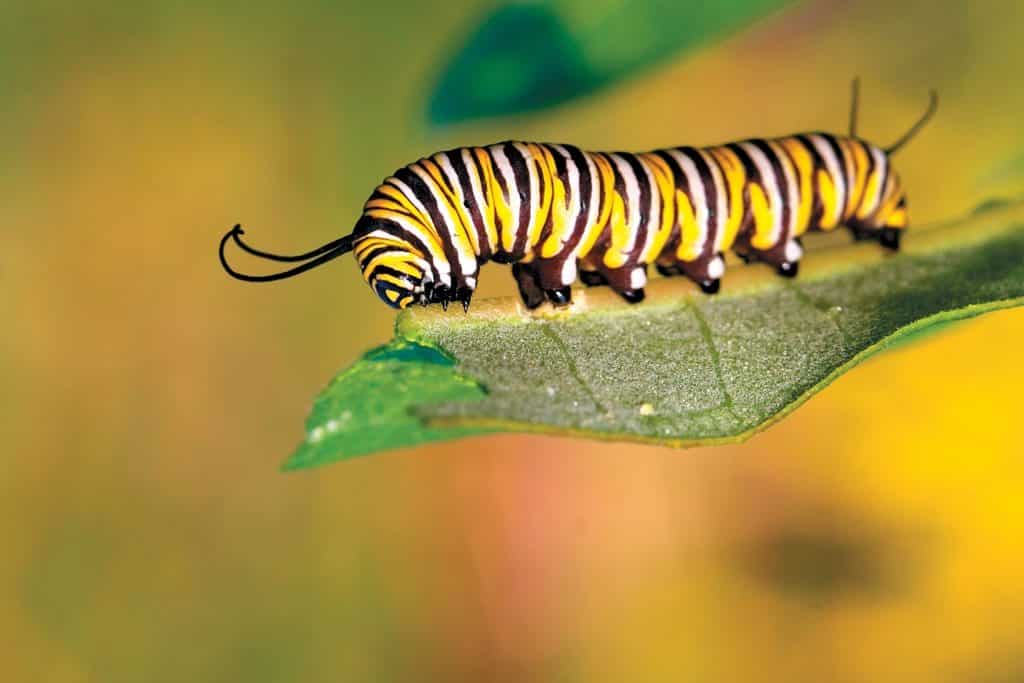One of my favorite gardening perks is the lovely butterflies that invariably visit the landscape on a sunny day. They look like winged confetti when they flit by and seem to be announcing a party in the garden. The good news is that it’s easy to join their celebration.
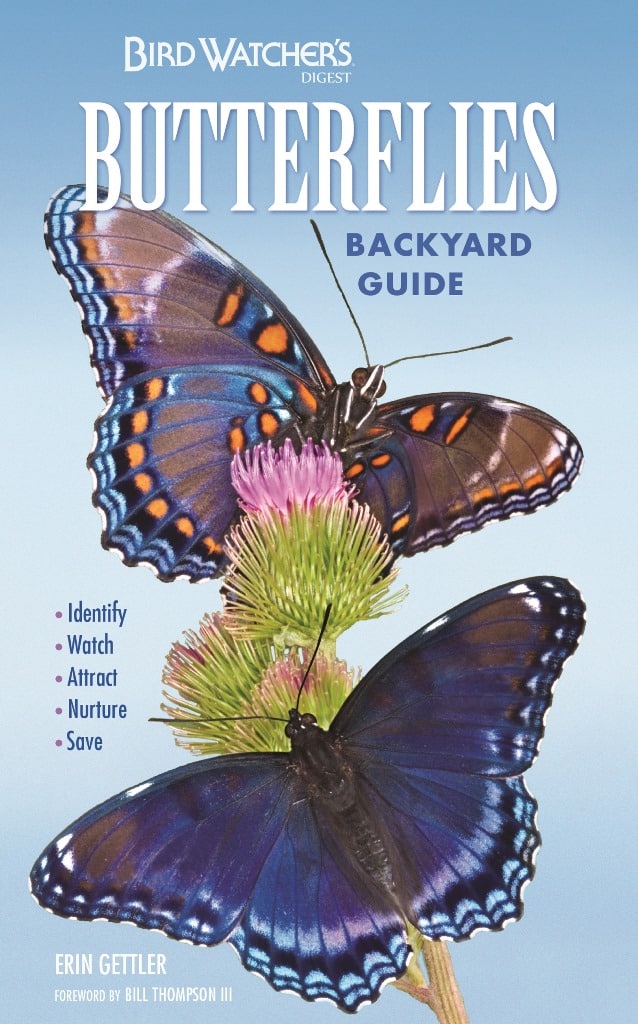
Thanks to the new book, the Bird Watcher’s Digest Butterflies: Backyard Guide by Erin Gettler, it’s now easier than ever to identify, watch, attract, nurture and even save these winged beauties, which include some 700-plus species throughout North America.
Gettler encourages the reader to do some butterfly watching, including tips for doing so and pages dedicated to some of the most popular butterflies. Each of the 55 butterfly pages includes a photo, section on how to identify them, where to find them, including habitat and geographic region, information on their lifecycle and what you can do to attract them to your garden.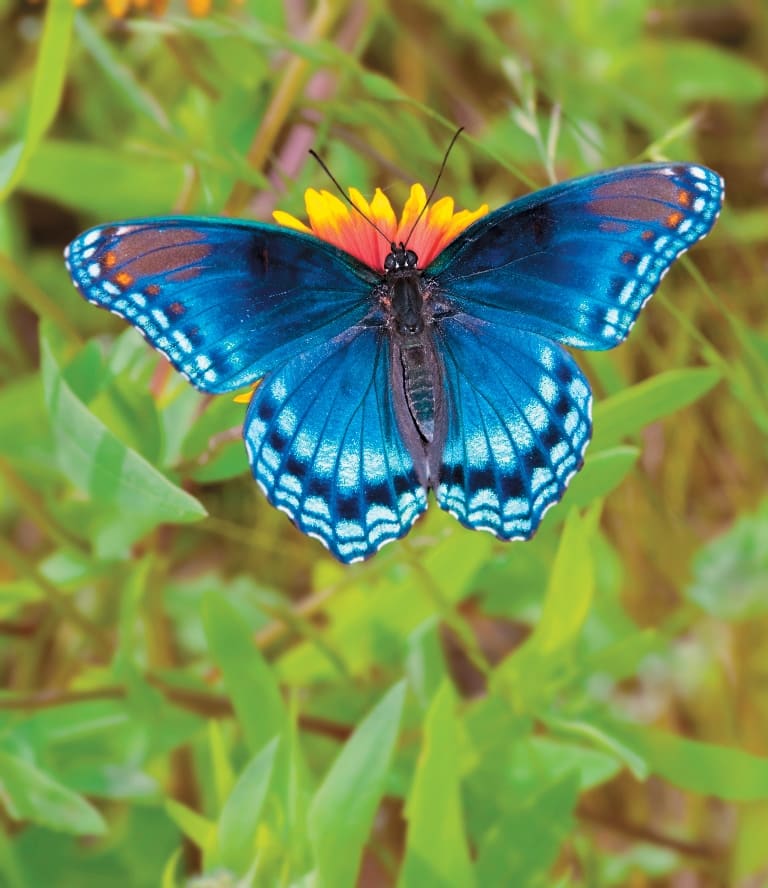 (Sari O’Neal)
You’ll discover, for instance, that female black swallowtails have two “messy rows of red spots” separated by a blue field on the underside of their hindwing and males have a “yellow band crossing their wings, mirrored by a line of yellow dots.” And you’ll learn that painted ladies are found on every continent but Australia and Antarctica.
Now is the time to do some butterfly watching, says Gettler, who notes that they’re in plentiful supply in June and July when there are plenty of blooming flowers in the garden. She suggests the following tips for making your butterfly gazing adventure as enjoyable as possible.
(Sari O’Neal)
You’ll discover, for instance, that female black swallowtails have two “messy rows of red spots” separated by a blue field on the underside of their hindwing and males have a “yellow band crossing their wings, mirrored by a line of yellow dots.” And you’ll learn that painted ladies are found on every continent but Australia and Antarctica.
Now is the time to do some butterfly watching, says Gettler, who notes that they’re in plentiful supply in June and July when there are plenty of blooming flowers in the garden. She suggests the following tips for making your butterfly gazing adventure as enjoyable as possible.
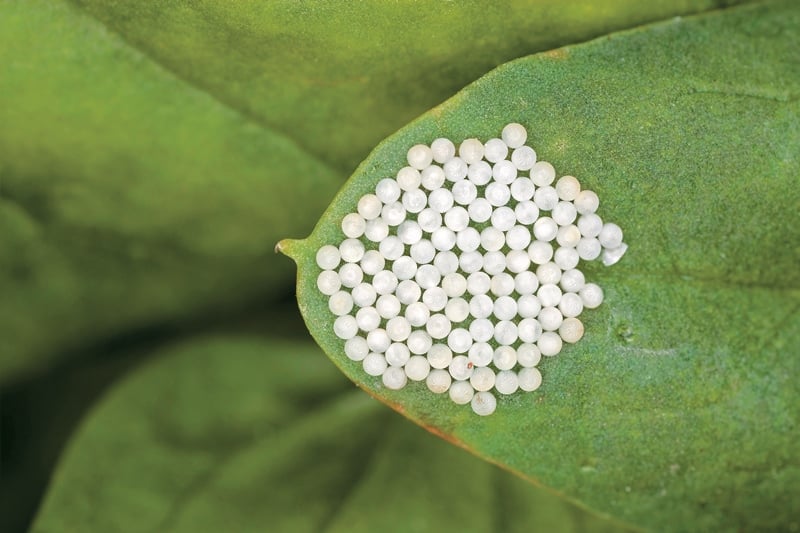 (Henrik Larsson)
Use binoculars. Follow the butterfly with your eyes and then use the binoculars once she perches. This will give you a chance to check out her wings so you can identify her.
Go out in the afternoon when butterflies are most active. They require heat and sunlight to fly.
Learn about butterfly groups before pinpointing individual species. For instance, there are skippers and fritillaries and swallowtails.
(Henrik Larsson)
Use binoculars. Follow the butterfly with your eyes and then use the binoculars once she perches. This will give you a chance to check out her wings so you can identify her.
Go out in the afternoon when butterflies are most active. They require heat and sunlight to fly.
Learn about butterfly groups before pinpointing individual species. For instance, there are skippers and fritillaries and swallowtails.
(Ron Rowan Photography)
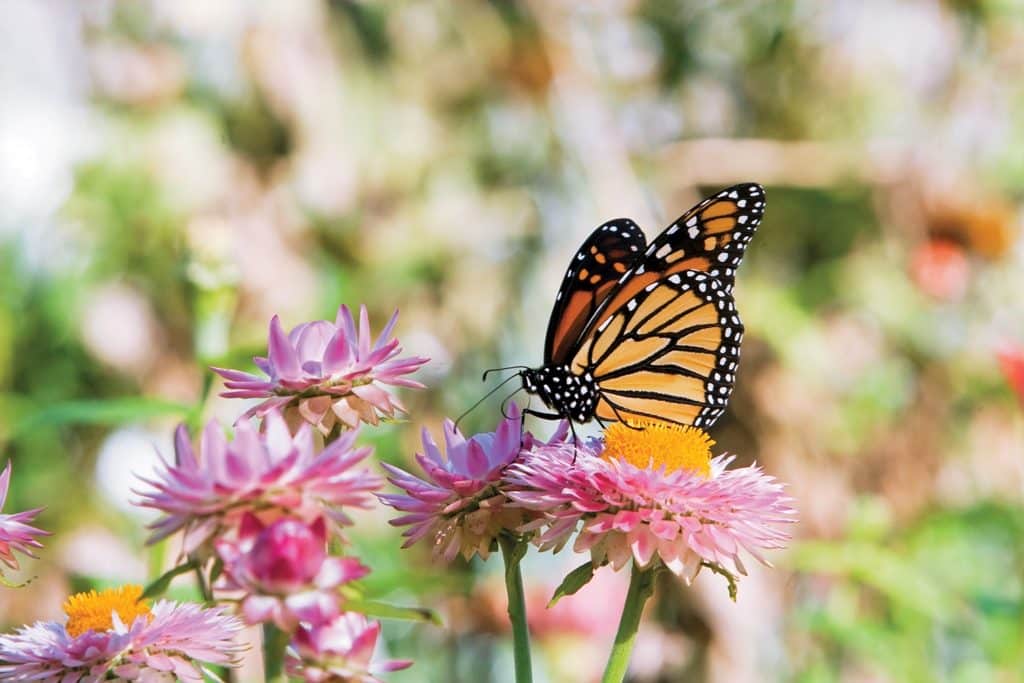 (Erin Gettler)
In addition to the eggs, it’s important to protect the caterpillars. Yes, they will eat foliage of plants, which they require to grow and then become butterflies. So you’ll want to be okay with some chew marks. When you come across caterpillars in the garden, admire them, but don’t disturb them. Let them chow down so that you can enjoy their metamorphosis and resulting garden dance.
(Erin Gettler)
In addition to the eggs, it’s important to protect the caterpillars. Yes, they will eat foliage of plants, which they require to grow and then become butterflies. So you’ll want to be okay with some chew marks. When you come across caterpillars in the garden, admire them, but don’t disturb them. Let them chow down so that you can enjoy their metamorphosis and resulting garden dance.
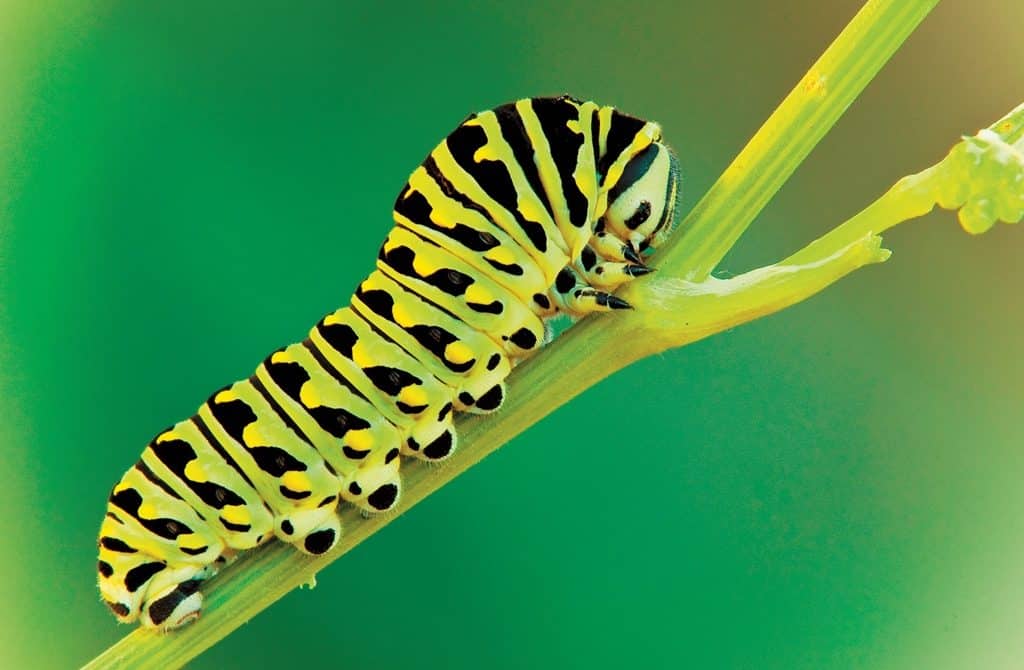 (TYLER Fox)
Julie Bawden-Davis is a garden writer and master gardener, who since 1985 has written for publications such as Organic Gardening, The American Gardener, Wildflower, Better Homes and Gardens and The Los Angeles Times. She is the author of 10 books, including Reader’s Digest Flower Gardening, Fairy Gardening, The Strawberry Story Series, and Indoor Gardening the Organic Way, and is the founder of HealthyHouseplants.com
(TYLER Fox)
Julie Bawden-Davis is a garden writer and master gardener, who since 1985 has written for publications such as Organic Gardening, The American Gardener, Wildflower, Better Homes and Gardens and The Los Angeles Times. She is the author of 10 books, including Reader’s Digest Flower Gardening, Fairy Gardening, The Strawberry Story Series, and Indoor Gardening the Organic Way, and is the founder of HealthyHouseplants.com

